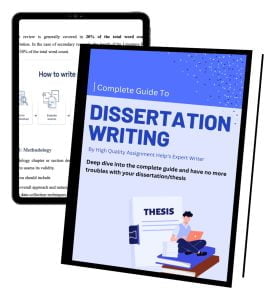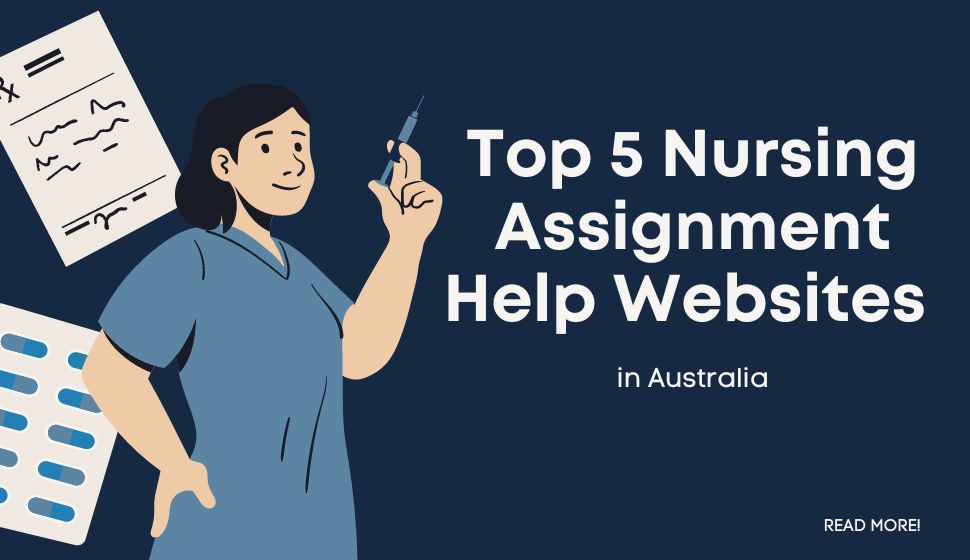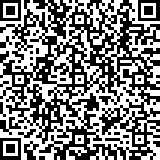In today’s fast-paced business environment, conducting thorough research is crucial for making informed decisions and gaining a competitive edge. A key component of business research is conducting a comprehensive literature review. This article will guide you through performing a successful literature review to ensure your business research is grounded in existing knowledge and insights.
A literature review in business and management is essential to business research because it provides a thorough picture of the state of knowledge in a certain area. It aids in the gap analysis, information synthesis, and development of fresh insights for academics. You can build on the work of others, prevent duplication, and add to the body of knowledge by doing a literature review. Here, we’ll look at the crucial procedures for carrying out a productive literature review for your business research.
Defining a Literature Review
A literature review in business and management is an organized and critical summary of scholarly articles, books, and other relevant sources related to a specific research topic. It aims to provide a comprehensive overview of existing knowledge, theories, and methodologies and identify gaps your research seeks to address. A well-executed literature review sets the foundation for your study and helps establish its significance and originality.
Planning Your Literature Review
To conduct an effective literature review, proper planning is essential. Begin by setting clear research goals and objectives. Define the scope of your study and determine the specific questions you aim to answer. This will help you focus your search and ensure the collected literature is relevant to your research topic.
Next, identify relevant sources for your literature review. Academic databases, such as PubMed, Scopus, and Google Scholar, can provide access to many scholarly articles, journals, and conference papers. Additionally, consider consulting books, reports, and reputable websites to gather a comprehensive range of perspectives on your chosen topic.
Setting Research Objectives
Before embarking on your literature review, it is essential to define your research objectives clearly. What specific questions do you aim to answer? What are the main themes or concepts you want to explore? By identifying these research objectives, you can focus your literature search and ensure that you gather relevant and valuable information for your study.
Searching for Relevant Sources
You must identify and gather relevant sources to conduct a comprehensive literature review. Start by using academic databases, such as PubMed, Google Scholar, or Scopus, to search for articles and papers related to your research topic. Use appropriate keywords and search terms to refine your search and retrieve the most relevant results. Additionally, consider consulting books, industry reports, and conference proceedings to gather more information.
Evaluating and Selecting Sources
It is essential to assess the quality, credibility, and relevancy of your sources as you acquire them. Examine the credentials of the author, the standing of the journal, and the reliability of the study technique. Make sure the sources you choose offer insightful information and correspond with your study goals. You may uphold the integrity and rigour of your literature review by thoroughly evaluating your sources.
Organizing the Literature Review
Consider creating a framework or outline to structure your literature review effectively. Start by identifying the main themes or concepts from your selected sources. Categorize the literature based on these themes and develop a logical structure that flows coherently. This organization will help readers understand the progression of ideas and the relationship between different sources.
Analyzing and Synthesizing Information
Once your sources are organized, it’s time to analyze and synthesize the information they provide. Read each source carefully, extract critical findings, and identify common themes or patterns. Look for connections, discrepancies, or gaps in the existing literature. By synthesizing information from multiple sources, you can comprehensively understand the current state of knowledge.
Summarizing and Documenting Findings
As you analyze the literature, it’s important to document your findings clearly and concisely. Write summaries of each source, highlighting the main arguments, methodologies, and results. Attribute the ideas and conclusions to their respective authors and provide accurate citations. This documentation will help you keep track of the sources and ensure proper referencing in your final research report.
Critically Evaluating the Literature
A critical evaluation of the literature is essential to ensure the credibility and reliability of the sources you include in your review. Consider the strengths and weaknesses of each study, evaluate the methodology used, and assess the limitations and biases present. By critically evaluating the literature, you can provide a well-rounded and unbiased perspective in your research.
Identifying Research Gaps
One of the primary objectives of a literature review is to identify research gaps that your study can address. Look for areas where the existing literature needs more evidence. These research gaps allow you to contribute new knowledge or propose alternative approaches. You can position your research as valuable and relevant within the broader academic context by identifying these gaps.
Writing the Literature Review
When writing your literature review, follow the formatting and referencing guidelines specified by your institution or journal. Start with an introduction that sets the context and explains the topic’s significance. Then, present your literature review structured and coherently, following the framework you developed earlier. Ensure that you provide proper citations and references for each source you include.
Incorporating the Literature Review into Your Research
A successful literature review should be integrated into your research rather than alone. As your study progresses, refer to the literature review to provide context, support your arguments, and align your findings with existing knowledge. The literature review acts as a foundation that strengthens the credibility and relevance of your research.
Common Challenges and How to Overcome Them
A literature review can pose several challenges, such as time management, avoiding bias, and dealing with information overload. To overcome these challenges, consider creating a schedule and breaking down the review process into manageable tasks.
Remain open-minded and objective when evaluating sources, and seek feedback from peers or mentors to ensure the review remains unbiased and comprehensive.
Conducting a successful literature review for your business research is vital to developing a robust and credible study. Following a systematic process, you can gather relevant information, evaluate existing knowledge, and draw meaningful insights to inform your research objectives.
Also Read:The Dos and Don’ts of Writing a Management Research Proposal
Here are the key takeaways to ensure a successful literature review:
- Understand the importance of a literature review: Recognize that a literature review provides a foundation for your research by identifying existing knowledge and research gaps and contextualizing your study.
- Define your research objectives: Clearly articulate your research goals and questions to guide your literature search and focus on finding sources that align with your dreams.
- Identify relevant sources: Utilize academic databases, journals, books, and reputable online resources to locate reliable and up-to-date information about your research topic.
- Evaluate and analyze the literature: Critically assess the credibility, methodology, and significance of each source, noting key arguments, findings, and limitations.
- Organize the literature review: Create a coherent structure by organizing the gathered information chronologically, thematically, or by methodology, using headings and subheadings for clarity.
- Synthesize the findings: Look for patterns, trends, and divergences within the literature, and identify theories, concepts, and evidence that support or challenge your research objectives.
- Draw conclusions and implications: Summarize the key findings from the literature review and highlight their importance for your research. Discuss how your study will contribute to the existing knowledge in your field.
Remember that a literature review writing help is not a sources but a critical analysis that adds value to your research. Conducting a thorough and comprehensive literature review lays a strong foundation for your business research and enhances its credibility and impact.
Conclusion
A well-executed literature review is a crucial component of successful business research. It provides a comprehensive overview of existing knowledge, identifies research gaps, and positions your study within the broader academic context. By following the steps outlined in this article, you can conduct a thorough and impactful literature review that strengthens the foundation of your research. If you are still concerned about help me write a literature review You can take help from Literature review assignment help.
AssignmentUnlocked offers a team of experienced and qualified writers who can produce high-quality assignments on various subjects and topics. These writers have expertise in different academic fields, ensuring that the assignments are well-researched, properly formatted, and free from errors.






